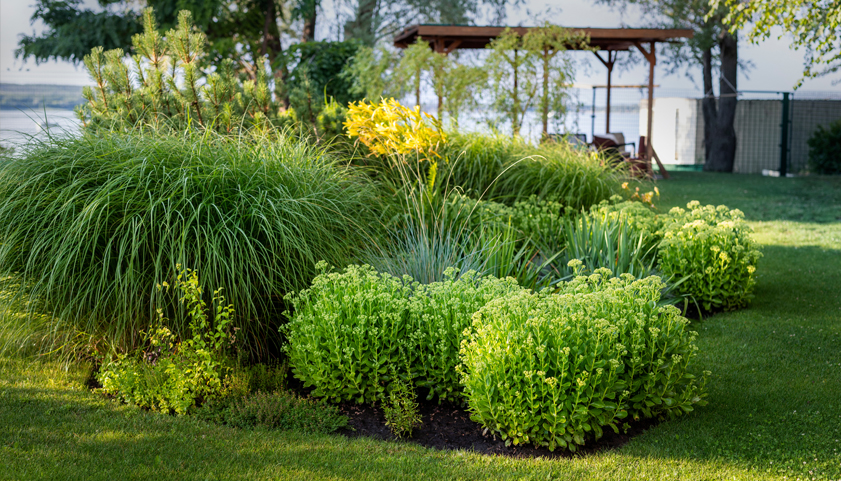
Week 3 of our blog series is all about a simple and beautiful solution for stormwater management: Rain Gardens.
Rain gardens are areas of vegetation installed in your yard that will help with the drainage of water after big rain storms. Two key factors that contribute to a successful rain garden: utilizing plants that are deep-rooted species and filtration materials. Both will help with proper drainage.
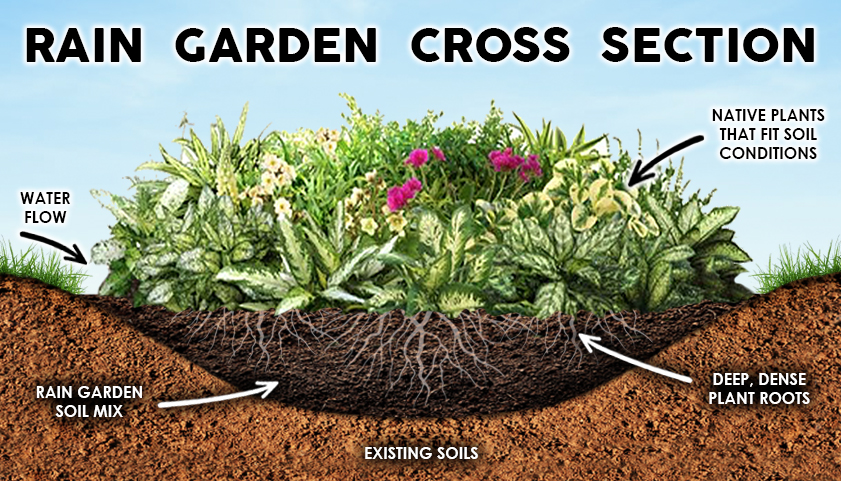
To start, you need to find the perfect spot in your yard to place the rain garden. To figure this out, it’s best to keep an eye out during your next rain storm. Watch where the water ends up running to in your yard. You will want to pick a flat spot in your yard to direct that water to. Typically this ends up being a low spot in the yard away from the house. You will need to dig a larger size basin in the spot you picked. If you plan on adding mulch, you will need to dig slightly deeper as well.
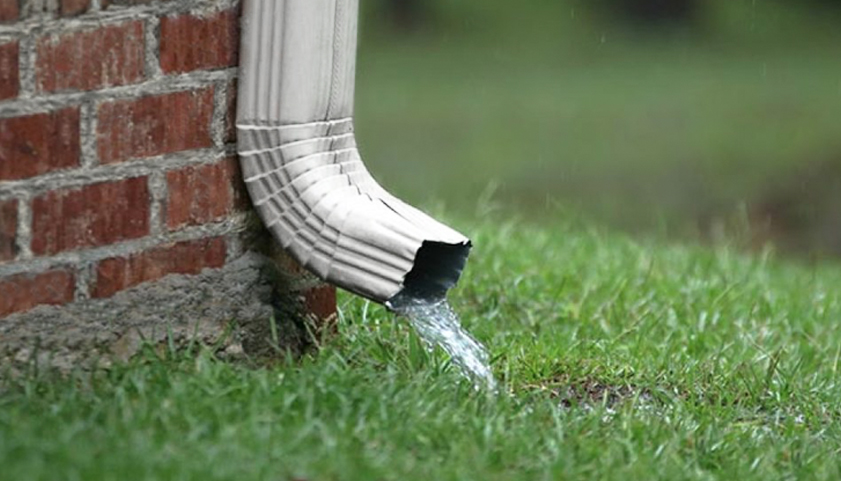
Next, you will need to create a channel to the rain garden, from your downspouts or where you observed the water coming from in your yard. Essentially, you are directing the water to funnel into the rain garden, instead of heading into sewers, basements, etc. Gravel or stone are the materials used to create the throughway for the water to the rain garden.
Remember to watch for utility lines that may be running through your yard as you prepare for the channel and basin. It’s always wise to make sure you know where these are throughout the outdoor space, so you don’t dig into anything unexpected. It’s always wise to make sure you know where these are throughout the outdoor space, so you don’t dig into anything unexpected.
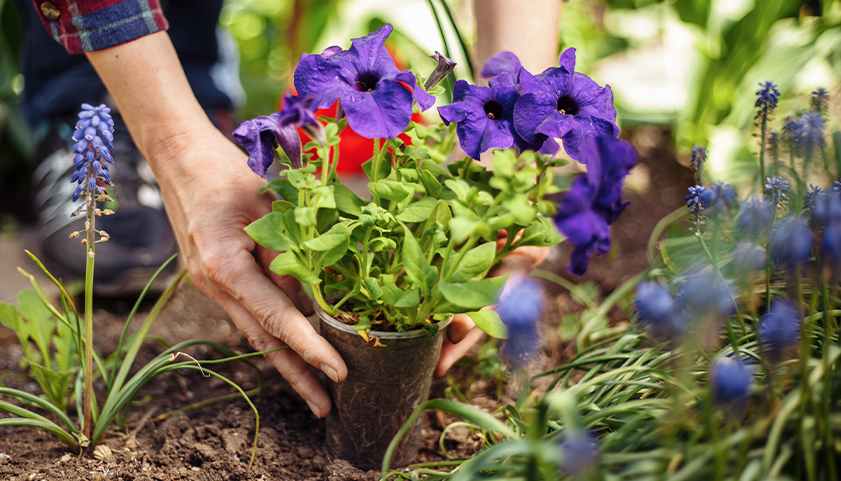
Once everything is dug out, you can place lots of plants in the rain garden. Rain gardens are not only useful, they are also an aesthetically pleasing green infrastructure for stormwater management. They are also cost-efficient. They are not pricey to create, and they save you from needing more expensive solutions like French drains or home repairs from water damage.
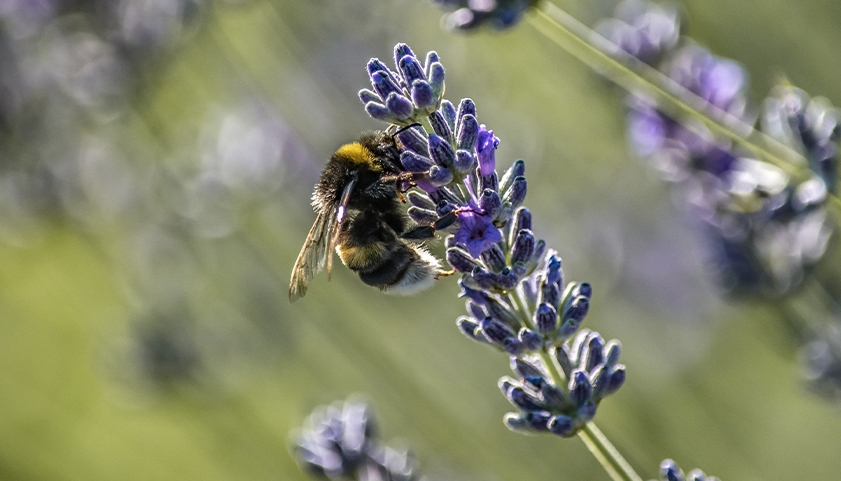
Another added bonus to a rain garden is helping with insects. They give bees more places to pollinate while simultaneously cutting back on bugs like mosquitoes. This is because the water will not sit around stagnant for extended periods of time, as it would without the rain garden.
For more information on what benefits rain gardens provide as well as a list of suggested plants to use in your rain garden, check out: https://www.almanac.com/rain-garden-design-and-plants
For a step-by-step guide visit: https://www.thisoldhouse.com/gardening/21016338/how-to-build-a-rain-garden-to-filter-run-off
Green Infrastructure for Stormwater Management Series:
INTRODUCTION
PERMEABLE PAVEMENT
BIORETENTION
RAIN HARVESTING
CONCLUSION